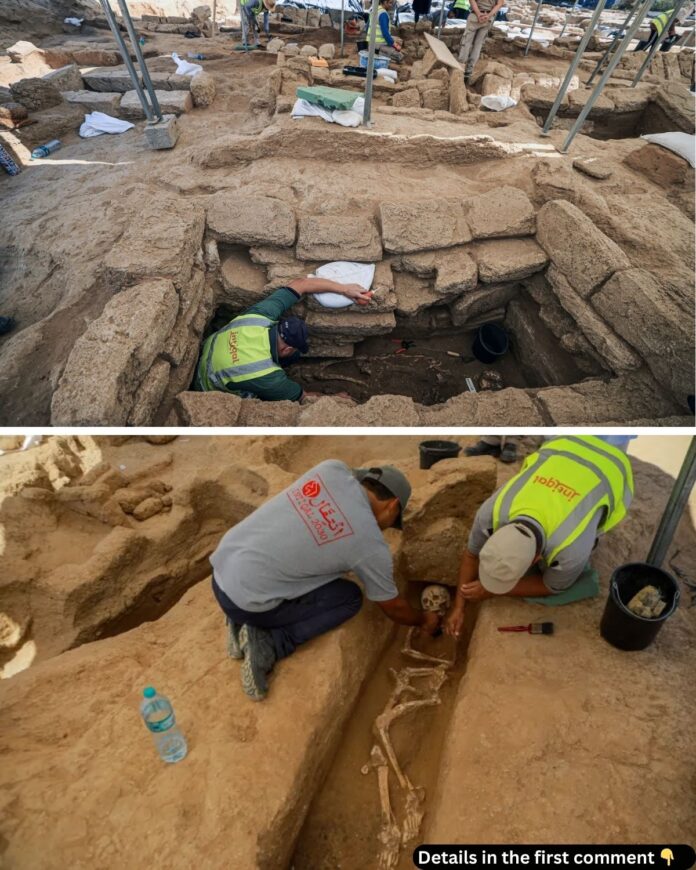Beneath the bustling streets of Gaza City, a hidden world of ancient history has emerged, offering a rare glimpse into the Roman era. The discovery of a 2,000-year-old cemetery, adorned with pyramid-like graves and intricate lead coffins, has captured global attention. This archaeological treasure trove not only reveals the artistic brilliance of the past but also underscores Gaza’s vital role as a crossroads of civilizations. As researchers unveil these secrets, the site becomes a symbol of resilience and the enduring legacy of a region steeped in history.
The Discovery of the Roman-Era Cemetery
The ancient Roman cemetery, spanning an impressive 43,000 square feet, was accidentally unearthed in December 2022 during a reconstruction project in northwest Gaza. This hidden treasure contains 134 graves, some featuring pyramid-inspired designs, a testament to the architectural ingenuity of the Roman period. Situated at the crossroads of the Asian and African continents, Gaza has long been a site of strategic importance, making this cemetery a key piece in the puzzle of the region’s historical and cultural narrative.
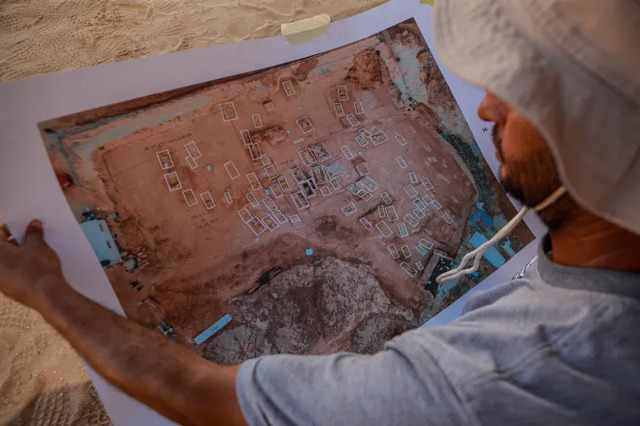
Archaeologists, led by Palestinian and French experts, have been meticulously excavating the site. Jamal Abu Reida, the Director-General of Antiquities at the Ministry of Tourism and Antiquities, emphasized the broader significance of this discovery. The goal is not only to restore and preserve the site but also to make it accessible to researchers and tourists worldwide, showcasing Gaza’s vital role in world history.
Video
An ancient Roman burial ground has been uncovered in Gaza – watch the video to explore this remarkable archaeological discovery and its historical significance!
The Lead Coffins and Their Intricate Engravings
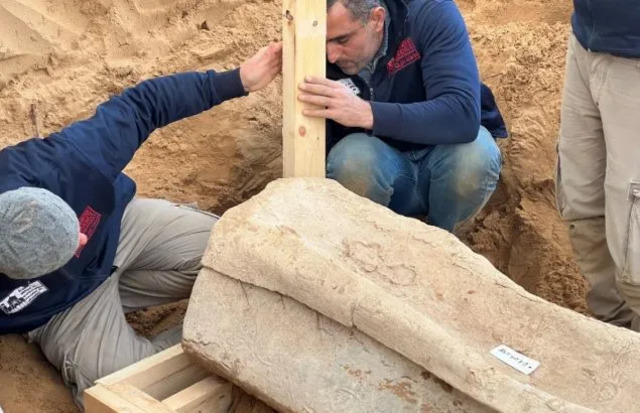
Among the most extraordinary finds are two lead coffins, each bearing unique and intricate engravings. One coffin is adorned with grape harvest motifs, a symbol often associated with abundance and fertility in Roman culture. The other coffin features stunning depictions of dolphins gliding through water, highlighting the Romans’ appreciation for marine life and its cultural significance.
These coffins are more than just burial containers; they serve as windows into the lives, beliefs, and artistic sensibilities of the people who lived in Gaza during the Roman era. Such discoveries enrich our understanding of ancient funerary practices and offer a glimpse into the interconnectedness of cultures in the Mediterranean region.
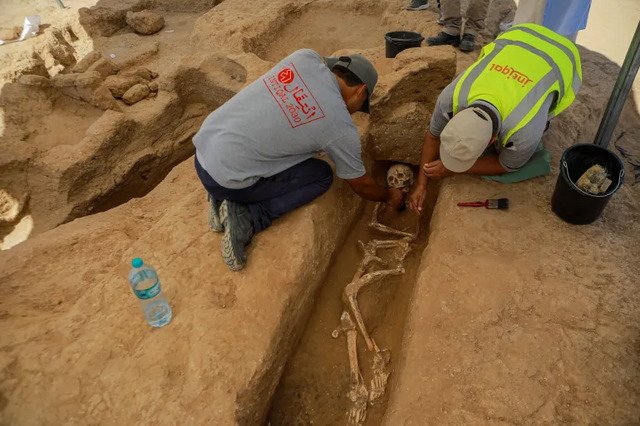
Architectural Ingenuity in the Ancient Graves
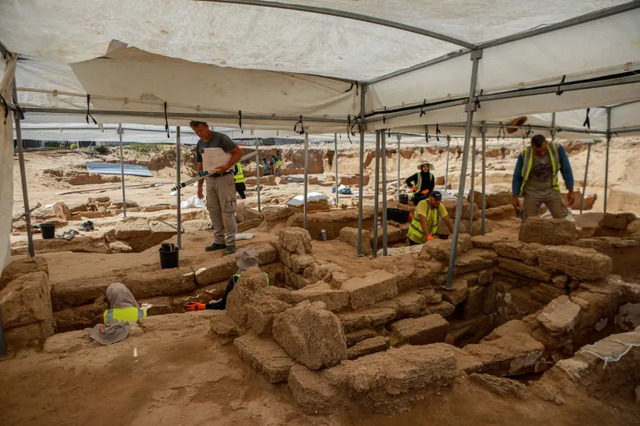
The cemetery’s pyramid-inspired grave designs are a striking feature that reflects the influence of diverse architectural traditions. In addition to these graves, archaeologists uncovered fragments of jewelry and pottery, further illustrating the craftsmanship and daily life of the period. These artifacts provide valuable insights into the customs and lifestyles of those buried in the cemetery, shedding light on their social and economic statuses.
The intricate designs and well-preserved artifacts demonstrate the advanced skills of the region’s artisans. They also underscore the cultural and artistic exchanges that occurred in Gaza, a hub of trade and interaction between civilizations.
Challenges in Gaza’s Archaeological Efforts
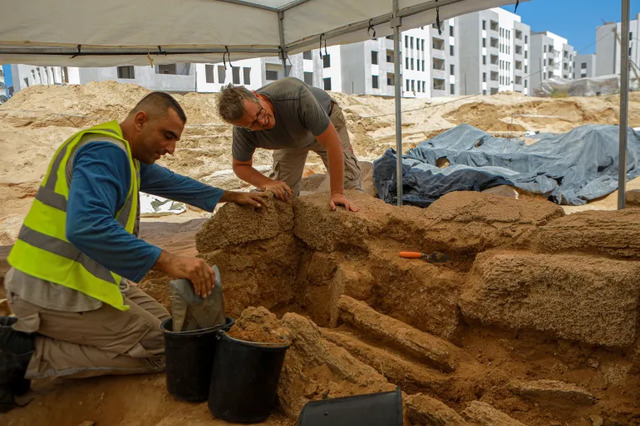
Despite the historical significance of this discovery, the excavation and preservation of Gaza’s archaeological sites face numerous challenges. The region’s severe poverty, with over 80% of the population dependent on aid, limits the resources available for cultural preservation. Additionally, the economic pressures have led to concerns about artifact smuggling, which threatens the integrity of Gaza’s cultural heritage.
Fadel al-Otol, a leading archaeologist involved in the excavation, has highlighted the urgent need for financial and logistical support. He stressed that these findings not only reveal Gaza’s deep historical roots but also challenge narratives that diminish the region’s cultural significance. International collaboration and funding, such as the support provided by the British Council’s Fund for the Protection of Culture, have been instrumental in ensuring the preservation of this site.
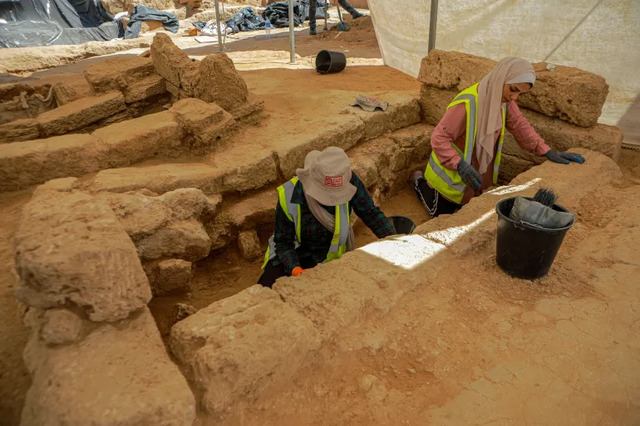
Gaza’s Role as a Historical Crossroads
Gaza’s strategic position at the intersection of two continents has made it a melting pot of cultures throughout history. From the Roman Empire to the Byzantine period and beyond, the region has witnessed the rise and fall of civilizations. The recent discovery of the Roman cemetery, along with earlier finds such as Byzantine-era mosaic floors, highlights the enduring significance of Gaza as a center of cultural and historical activity.
These findings reinforce Gaza’s importance not only as a geographic crossroads but also as a cultural and historical bridge. They reveal a continuous thread of human ingenuity and resilience that has defined the region for millennia.
Broader Implications of the Findings
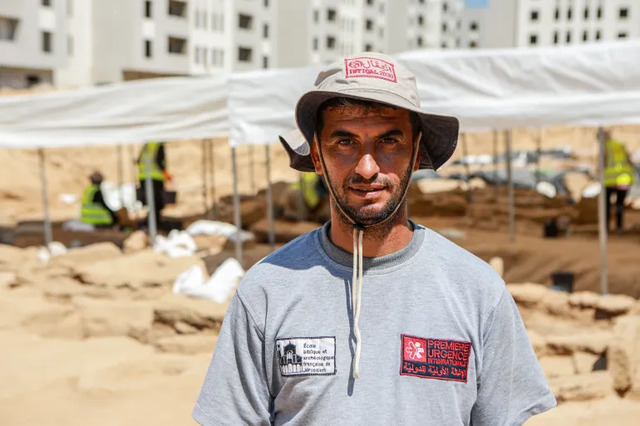
The discoveries in Gaza’s Roman-era cemetery have far-reaching implications for our understanding of the region’s history. They offer new insights into the Roman influence on local culture, from burial practices to artistic expressions. Additionally, these findings challenge long-standing misconceptions about Gaza’s history, demonstrating its rich and complex heritage.
Al-Otol’s team has emphasized that these artifacts and graves are tangible proof of Gaza’s deep-rooted cultural identity. They serve as a powerful counterpoint to narratives that seek to erase or diminish the historical significance of the region.
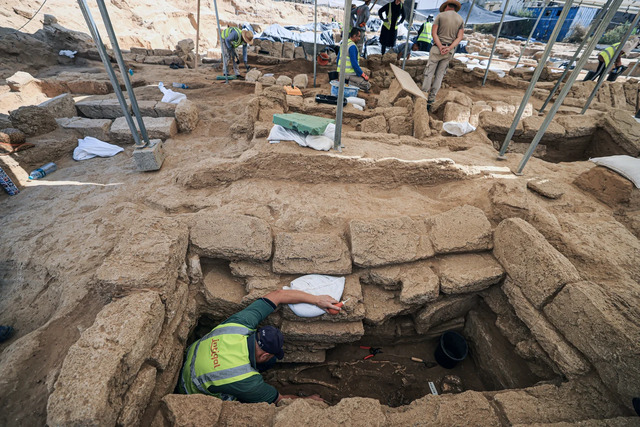
Preservation and Future of Gaza’s Archaeological Heritage
Efforts to preserve Gaza’s archaeological sites are ongoing, with the Ministry of Tourism and Antiquities working closely with international partners. The restoration of the Roman cemetery is a critical step toward making these treasures accessible to both researchers and the general public. Plans to develop the site as a tourist destination could provide much-needed economic benefits to the region while promoting its cultural legacy.
Looking ahead, archaeologists hope to uncover additional discoveries that will further illuminate Gaza’s history. By leveraging modern technology and fostering international collaboration, they aim to protect and celebrate the region’s rich heritage for generations to come.
Video
Roman-era tombs have been uncovered at a Gaza Strip housing development – watch the video to delve into this significant archaeological find and its insights into ancient history!
Conclusion
The discovery of the Roman-era cemetery in Gaza is a testament to the region’s enduring historical and cultural significance. From the intricate engravings on lead coffins to the pyramid-inspired grave designs, these findings offer a unique glimpse into the lives of those who lived in Gaza 2,000 years ago. Despite the challenges of poverty and limited resources, the dedication of archaeologists and the support of international partners have made it possible to uncover and preserve this rich cultural legacy.
As Gaza continues to reveal its hidden treasures, it serves as a powerful reminder of the importance of preserving our shared human history. By safeguarding these artifacts and sharing their stories, we can ensure that the cultural heritage of Gaza remains a source of inspiration and knowledge for future generations.
